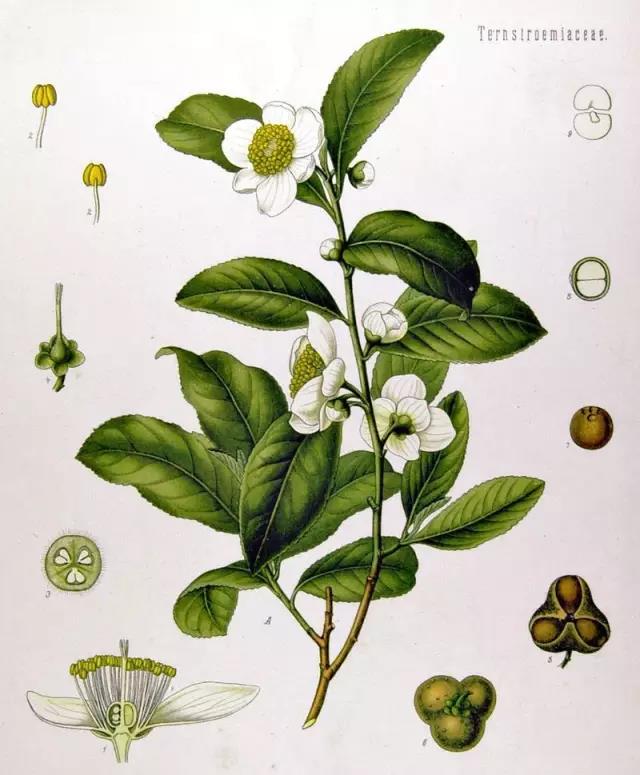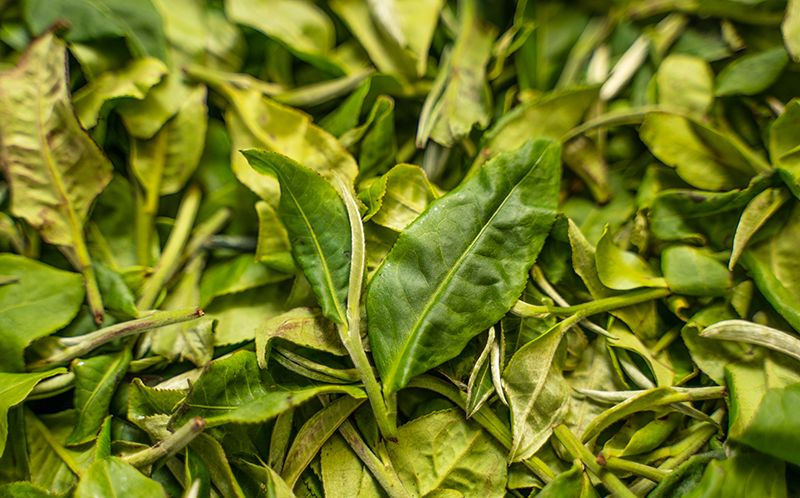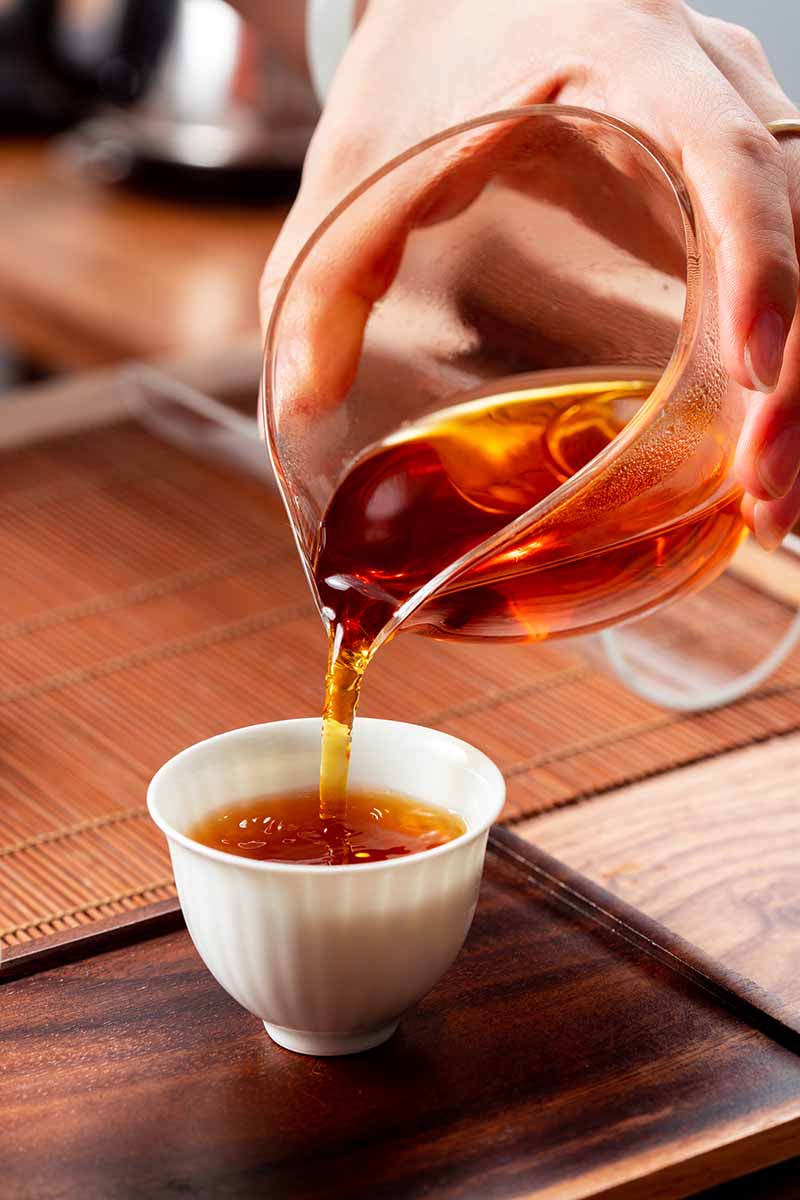- How is tea classified?
First of all, when we talk about the classification of tea, it refers to the finished product made from fresh leaf tender tip under the tea tree of camellia family, camellia genus. Why Kuding tea not belongs to tea? Because it belongs to the Holly family, kind of a plant beverage drink, not real tea.
So how to classify the teas? Depends on color? Fermentation? Or others?
Actually, Modern tea classification are mainly divided into six categories by different processing methods. They are: green tea, white tea, yellow tea, green tea, black tea, dark tea.

- Why classification?
Classify things and then gain new knowledge, it’s a good point in the famous book of ancient China “Da Xue”.
So the classification of tea is the same. By summarizing the classification index, the numerous tea leaves are arranged according to a certain attribute.
It can be said that tea classification is the key to scientific cognition and introduction of tea.

- Why is this the most scientific method?
Now the way of classification, is professor Chen Chuan(The founder of Chinese tea education) tea processing way of classification. That is classified according to the different processing methods.
Professor Chen visited almost all tea areas in China and found the essence under the appearance of different processing methods. Finally, he summarized the processing steps we know now and further summarized the processing methods.
Why not classify from color or fermentation?
Actually many tea color performance are similar, as stuffy long yellow tea, lower the enzyme activity of black tea, some short pilling dark tea, part of the brightness green teat, the infusion is likely to be orange, and also leaves brown spots, but their in different flavor, instead of on the kind of impact we on its rapid cognition.
The classification method of fermentative degree was put forward in 1890 by Koji Sakai of Japan, who put forward "microbial fermentation theory" when tea turns green and red in his research, and distinguished non-fermentative tea, semi-fermentative tea, fully fermented tea and post-fermented tea by fermentative degree.

Later, in the process of gradually studying the color change of tea leaves, it was found that the color change of tea leaves was not the "fermentation" in the traditional sense, but the oxidation of tea polyphenols.
So the fermentation theory that tea leaves turn red by microorganisms is actually wrong.
The change of tea from fresh leaves to finished products is mainly caused by the oxidation of tea polyphenols. Our processing method is the means of artificially controlling the different oxidation rates and oxidation rates of tea polyphenols.
Due to the different processing methods, a series of changes in aroma and taste of tea leaves will also occur. However, under similar processing methods, aroma and taste will be similar.



